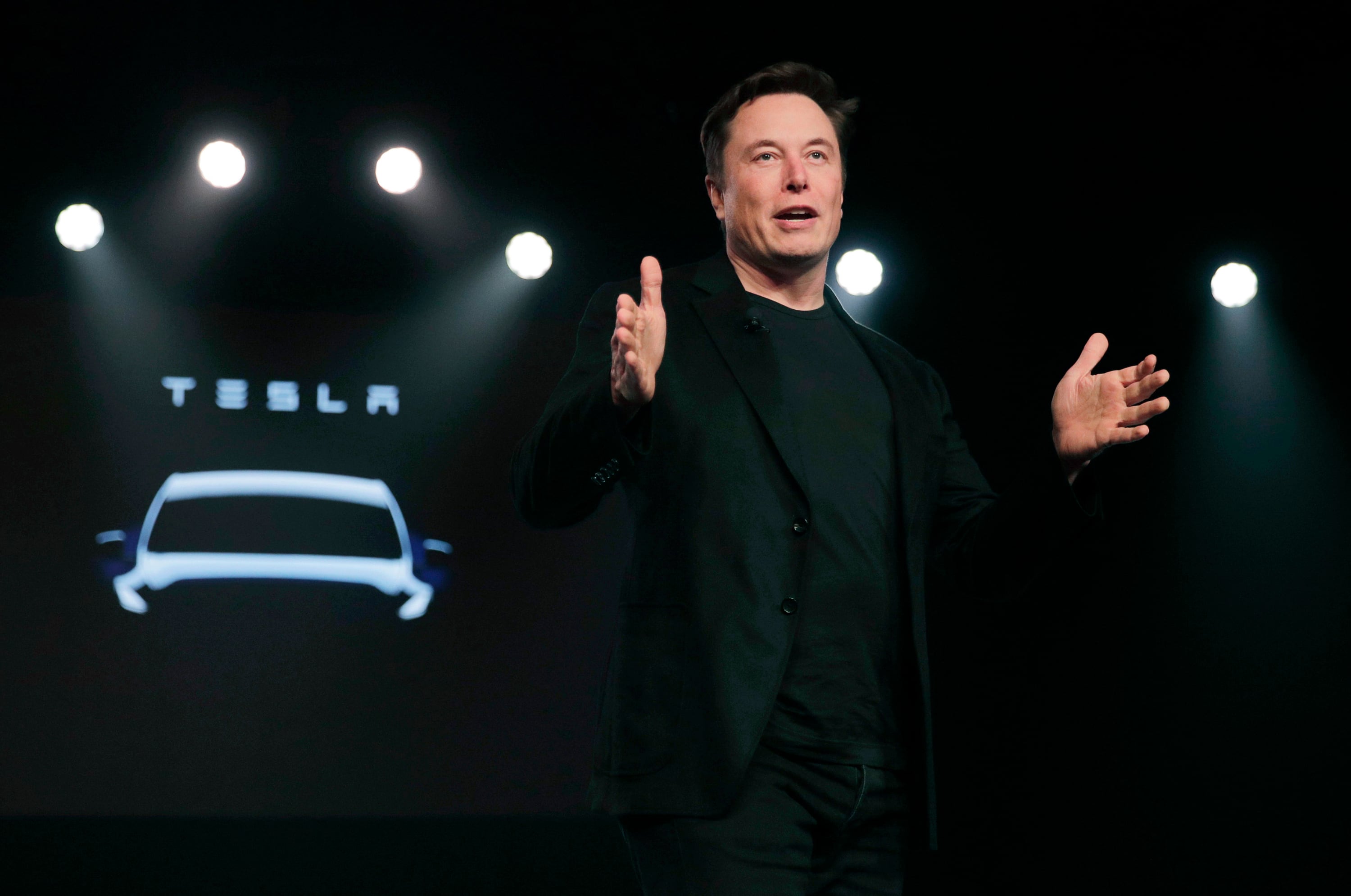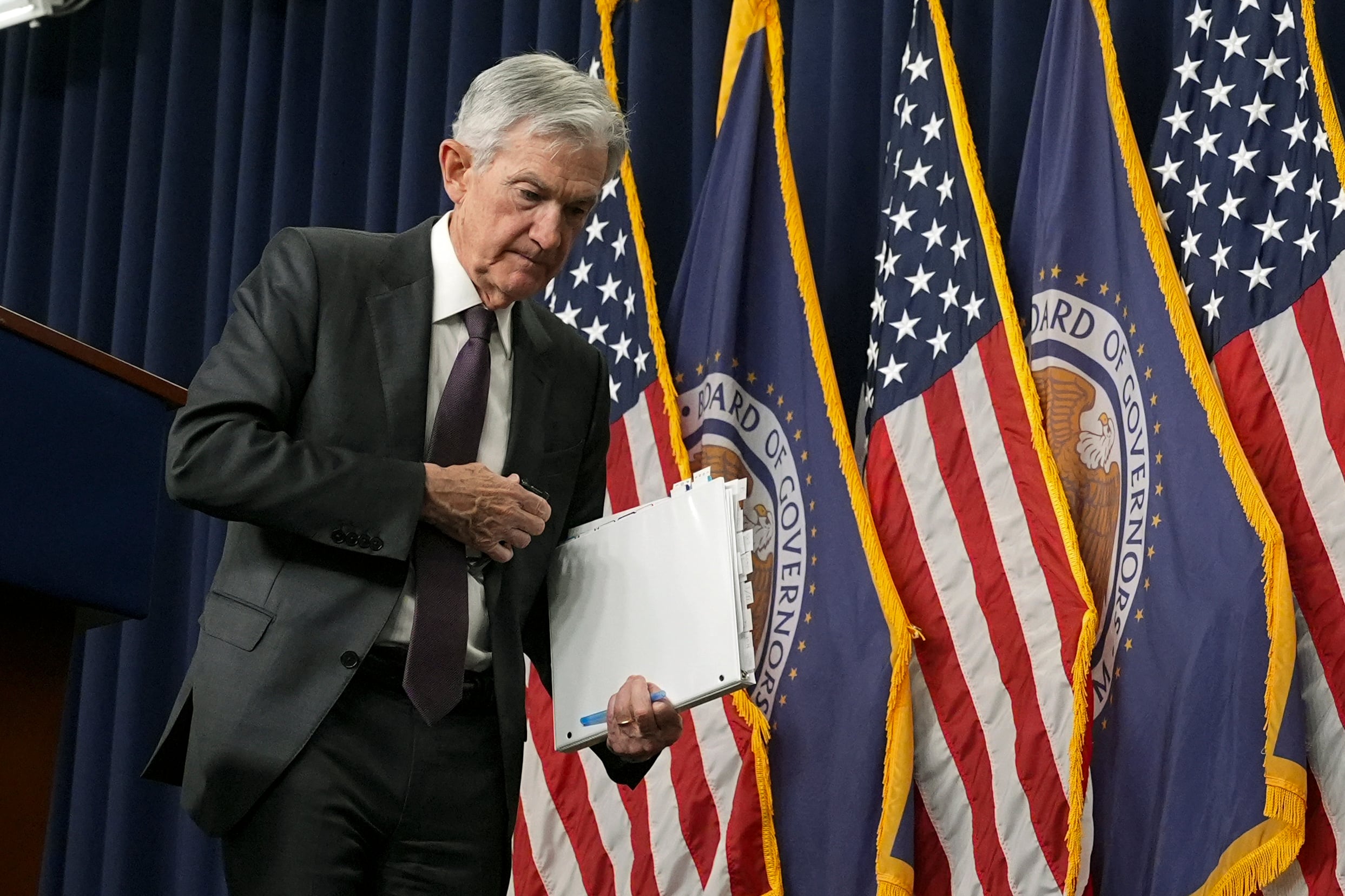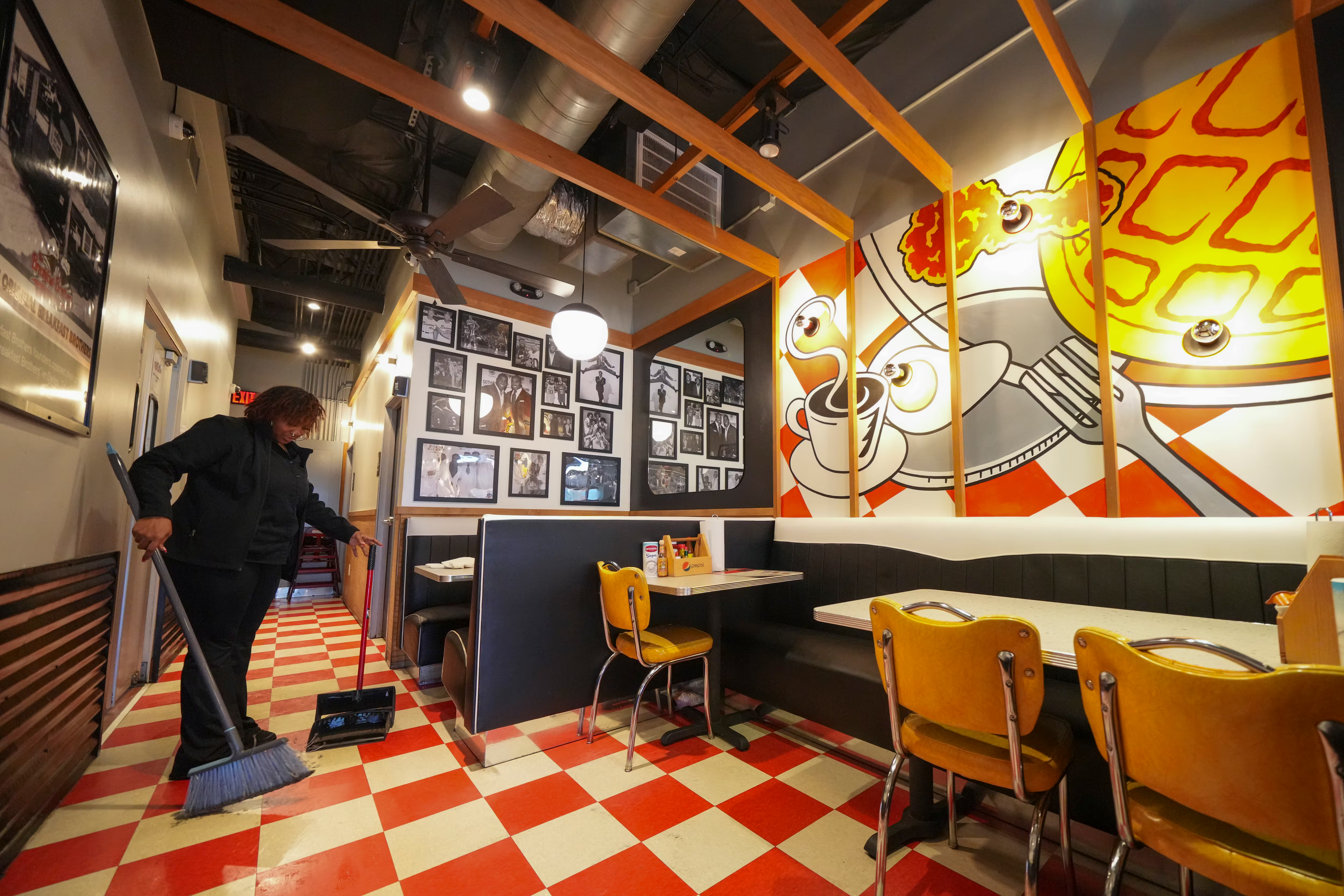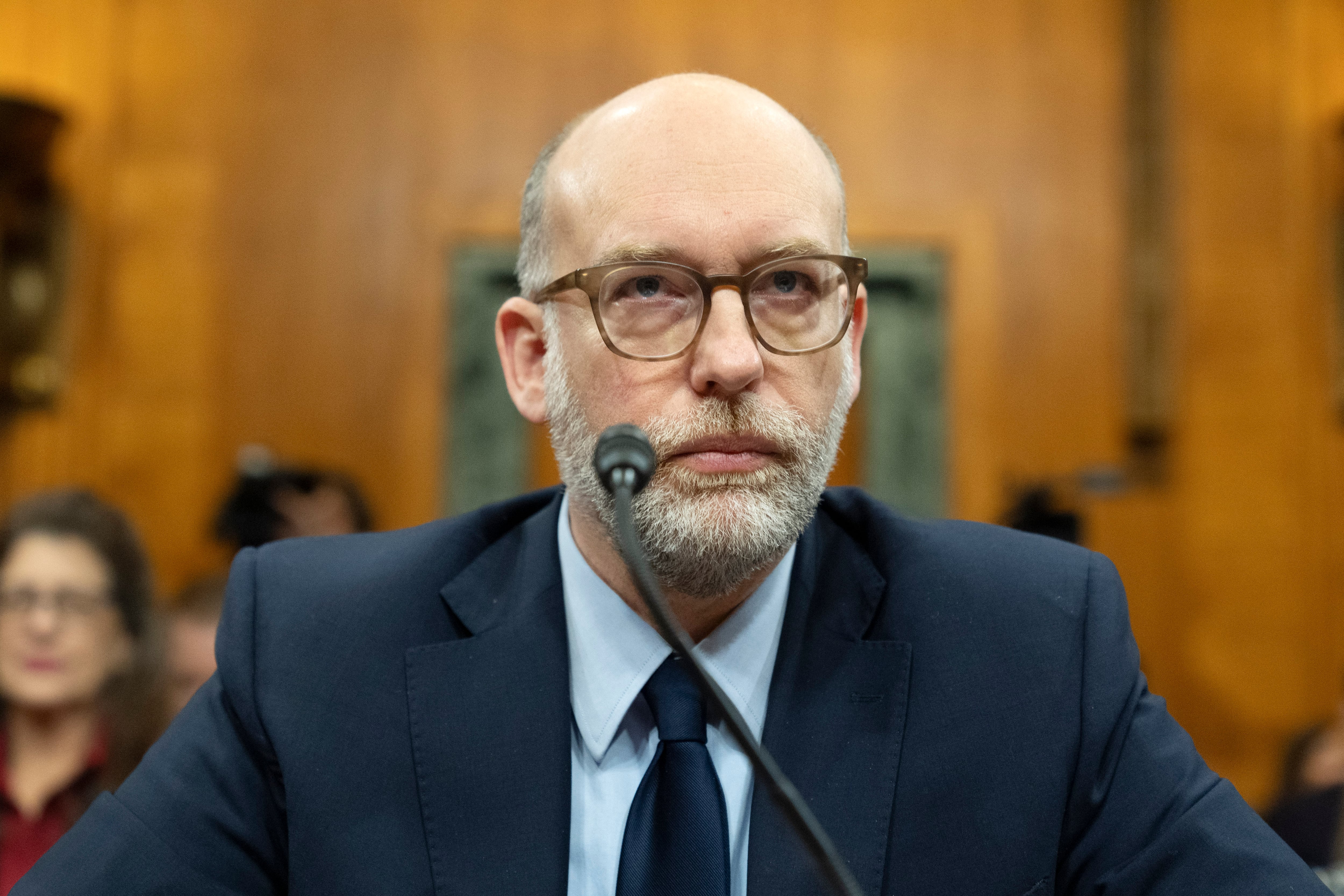By Stan Choe, Damian J. Troise, and Alex Veiga
Wall Street closed out March with a mostly higher finish for U.S. stock indexes and the market's fourth straight quarterly gain.
The S&P 500 rose 0.4% Wednesday, bringing its gain for the first three months of the year to 5.8%, despite a loss for January. The gain for the benchmark index, which tracks large U.S. companies, was eclipsed by the 12.4% jump in a popular index that tracks small-company stocks.
Technology stocks powered much of S&P 500's latest gains, even though more stocks in the index fell than rose. Solid gains by Apple, Microsoft and Nvidia, and companies that rely on consumer spending, outweighed a pullback in financial, energy and materials stocks.
After the stock market closed, President Joe Biden started a speech in which he'll discuss his plan to spend $2 trillion on strengthening the nation’s infrastructure, and how to pay for it.
The S&P 500 rose 14.34 points to 3,972.89. It was the index's first gain since it set a record high at the end of last week. A late-afternoon fade pulled the Dow Jones Industrial Average 85.41 points lower, or a drop of 0.3%, to 32,981.55. The tech-heavy Nasdaq composite climbed 201.48 points, or 1.5%, to 13,246.87.
Stocks of smaller companies once again posted a strong showing. The stocks have outpaced the broader market on rising expectations for the economy. The Russell 2000 index rose 24.72 points, or 1.1%, to 2,220.52. It ended the quarter with a 12.4% gain, more than double that of the big stocks in the S&P 500.
Tech stocks and companies expected to deliver big growth in the future were big winners. Apple climbed 1.9%, and Tesla rose 5.1%. It's a reprieve for the group, which led the market earlier in the pandemic but has since lost momentum amid a sharp rise in Treasury yields.
The 10-year Treasury yield inched up to 1.74%, though it remains close to its highest level since before the pandemic rocked markets a year ago. COVID-19 vaccinations and massive spending plans by Washington have raised expectations for supercharged economic growth and a possible rise in inflation, which has pushed yields higher.
In his speech in Pittsburgh, Biden was giving details about where he wants to steer federal dollars to rebuild roads, bridges and the electric grid. Such programs could mean gushers of revenue for everything from raw-material producers to electric-vehicle makers.
To help pay for it, though, businesses may be looking at higher corporate tax rates, which would pressure their profits. Some investors also worry that all the spending and borrowing by the U.S. government could eventually lead to even higher interest rates for the economy.
Investors will be closely watching for details on the infrastructure plan to get a better sense of future priorities, said Rob Haworth, senior investment strategy director at U.S. Bank Wealth Management. Friday's government jobs report is also highly anticipated.
“The question for the market is, what’s next?” said Rob Haworth, senior investment strategy director at U.S. Bank Wealth Management. “March in particular has been a bit of a pause for the market to recalibrate.”
Within the S&P 500 index, the leaderboard of performance during the first quarter ended up being virtually the mirror image of earlier in the pandemic, with energy producers, financial businesses and industrial companies leading the way.
The index's 11 sectors notched gains in the first quarter, with energy topping the list with a nearly 30% gain. A year ago, it was down 37.3%. Technology, which a year ago led the market with a 42.2% gain, rose just 1.7% in the first three months of this year. Banks closed out the quarter with a 15.4% gain. The consumer staples sector lagged the rest of the market with a 0.5% gain.
Energy producers, banks and industrial companies have shot higher, along with smaller stocks, on expectations that a return to normalcy for the economy and Washington's huge spending will mean big jumps in profit later this year. It's a turnaround from earlier in the pandemic, when they plunged on uncertainty about when airplanes may be full again and burning jet fuel.
Stocks of companies that had been winners in the stay-at-home economy or that had been bid up on expectations for strong growth many years into the future, meanwhile, have lagged. Apple declined 7.9% in the first quarter, for example, while American Airlines Group climbed 51.6% higher.
App-based meal delivery service Deliveroo slumped 26.3% in its U.K. stock market debut. The weak showing came even after the stock was priced at the bottom of its potential range, reflecting investor wariness about whether Deliveroo could turn a profit as well as a growing backlash against “gig economy” companies and concerns over how they treat their workers.
___
AP Business Writer Yuri Kageyama contributed.
Updated on March 31, 2021, at 5:27 p.m. ET.













